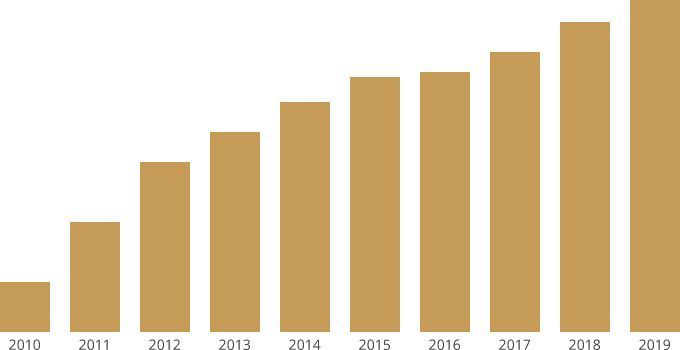Why Multifamily
Why Invest in Multifamily Assets?

Tax Advantaged Income
Investors utilizing leverage depreciation, cost-segregation and Section 1031 exchanges can defer taxation on much of their real estate income into perpetuity.

Inflation Hedge
Multifamily property values have proven to be virtually a perfect inflation hedge - .98 correlation since 1978 when reliable data became available.

Recession Hedge
JP Morgan looked at the worst five-year periods for various investments from 1977-2012 and calculated total return (including cash flow). $100 invested in apartments at the beginning of the worst five-year period for real estate was worth $110 at the end. A portfolio of 60% stocks/40% bonds was worth $94 at the end of its worst five years.

Superior Risk-Adjusted Returns
For decades, multifamily has exhibited the least volatility and highest risk-adjusted returns of all real estate asset classes. This long-term performance along with tax and hedging benefits has been amplified in the short term by two additional factors:
Exceptional long-term performance
has been amplified in the shorter term
by two additional factors:
Supply/Demand Imbalance - Available Units vs. Demand
For decades, creation of renter households has outpaced creation of new apartments. This disparity increases each year. As the disparity increases, so does pricing power and revenue growth for apartment owners and investors.

2,099,000
Number of New Apartments Constructed: 2005-2018
Source: Statista/CBRE

9,170,000
Number of New Renter Households: 2005-2018
Source: U.S. Department of Housing and Urban Development
Massive Capital Inflows
Because of the risk-return profile and favorable market fundamentals, domestic and global capital flow to U.S. Multifamily continues to explode. Combined with asset revenue growth, this fuels price appreciation.

As measured by total multifamily loan originations, annual multifamily acquisition volume has increased 642% since 2009.
Source: Mortgage Bankers Association
